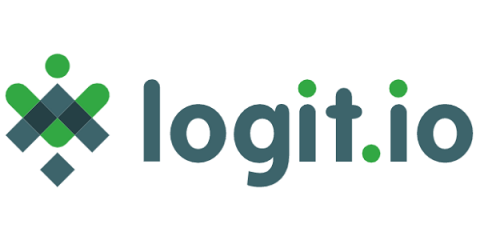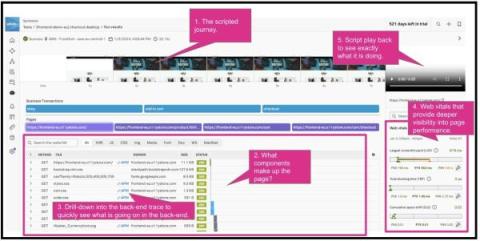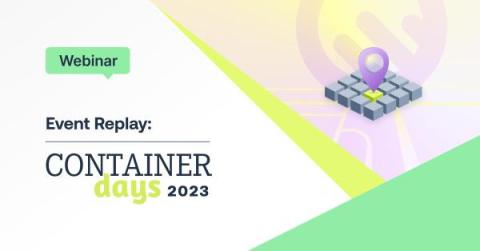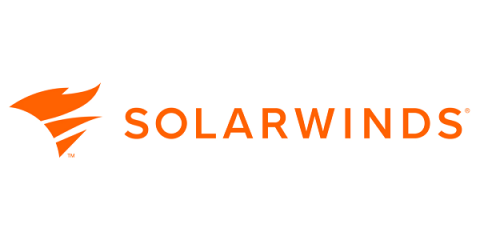Forward logs from Google Cloud Platform to Site24x7 with Dataflow
Google Cloud Platform (GCP) enables organizations to create and scale applications. Activities in applications, whether on Compute Engine or other services from virtual machines to serverless environments on GCP, produce a significant amount of logs. Logs play a crucial role in helping you achieve effective observability and troubleshooting. But the logs may experience irregular surges in data ingestion during major system events, posing challenges for network overhead.











